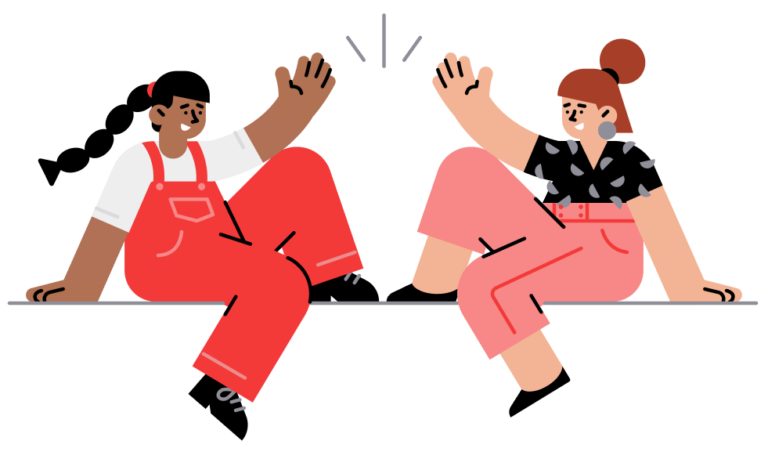Yelp’s Guide for Local Businesses
No matter the category or size of your business, these resources are designed to help you grow and succeed—from low-cost advertising tips to effective lead generation tactics.

Online marketing for small business: 8 tactics for growth
Learn how to reach new customers, cultivate customer loyalty, and elevate your brand with this guide on online marketing for small business.
Starting your business
Set yourself up for success by completing startup tasks like choosing and registering your business name, defining your niche, and mapping your expenses.

Your guide to successful small business management
Explore the fundamentals of small business management, and uncover indispensable skills to streamline your journey as a small business owner.
Marketing your business
Spreading the word about your business is key to attracting and retaining customers, connecting with your community, and boosting your reputation.

11 best sites for posting free ads online
Reaching your target audience doesn't have to break your budget. Learn how and where to post free ads online. Customers are just a click away.
Generating leads for your business
Getting leads is crucial for the growth and sustainability of your business. Explore practical tips and strategies to help you attract and engage potential customers effectively.

8 lead generation strategies for small businesses
Learn how to create a strong lead generation strategy that reaches your ideal customers and helps you build relationships to make sales more efficiently.
Ready to get started? It’s free, easy, and only takes a few minutes.
